
Practical application of AIC must progress
Australian Industry Capability (AIC) is one of the most contested terms in the Defence community, but what many fail to see is that the policy in this area actually is changing.

Australian Industry Capability (AIC) is one of the most contested terms in the Defence community, but what many fail to see is that the policy in this area actually is changing.
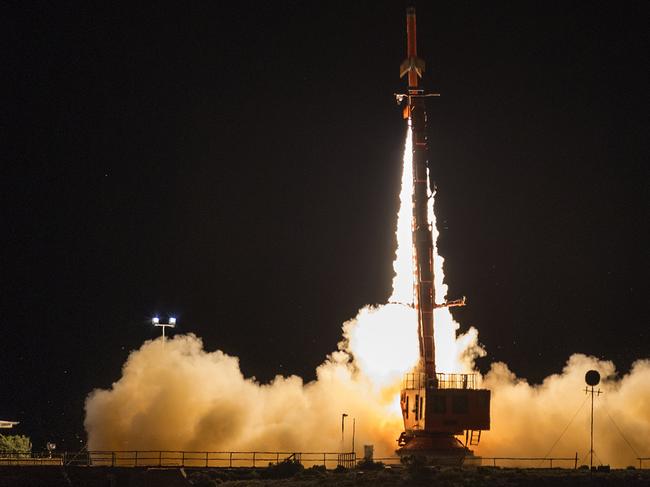
Australians may have been surprised by the federal government’s announcement last year that as part of the nation’s Force Structure Plan it was committing up to $9.3bn in the development of high-speed weapons (HSWs).
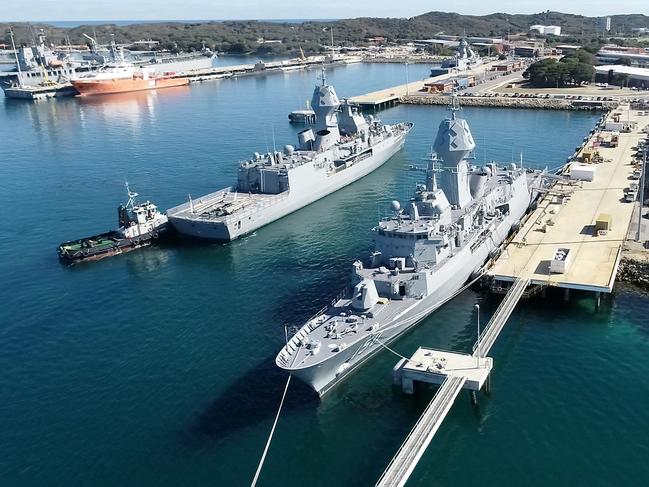
Western Australia has a central role to play in the nation’s response to a new “contested and apprehensive” regional environment.
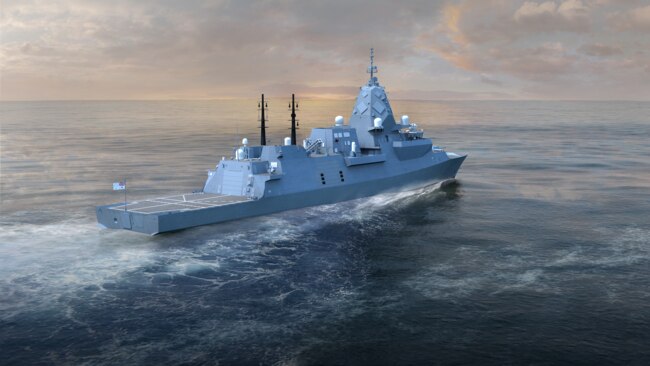
Rumours that the Hunter-class frigates are greatly increasing in size and weight because of Australian specific changes have been quashed.
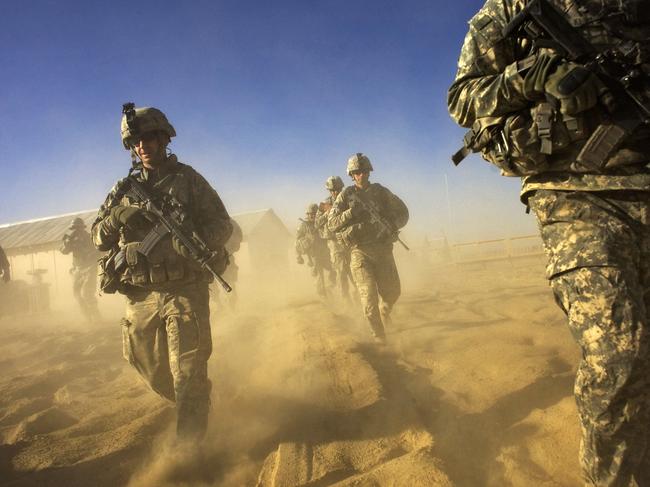
The antics of the Trump administration delivered a serious hit to the authority, credibility and legitimacy of the US claim to leadership of the free world.
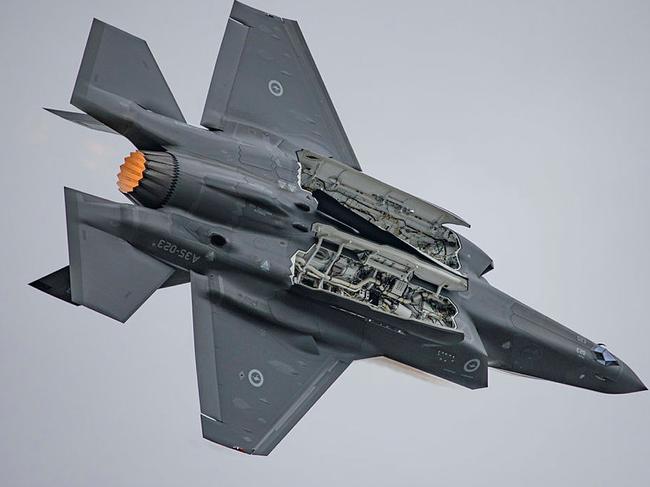
The evolving debate in the US about the future of the F-35A Joint Strike Fighter may open up new opportunities for the RAAF to take a radically different direction in its future capability development.
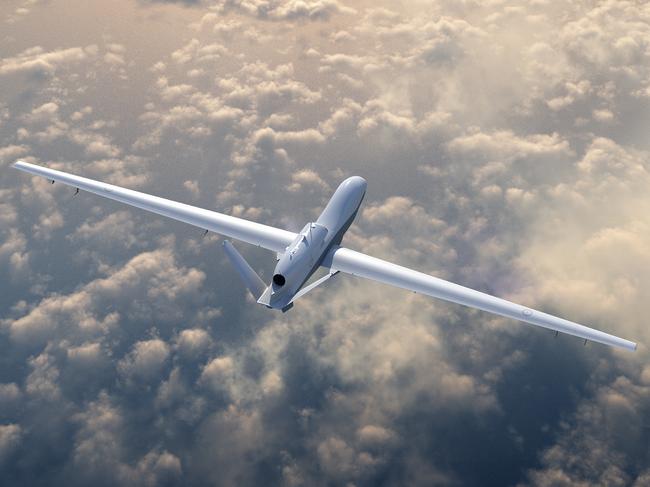
The RAAF will continue to work towards a remotely piloted persistent maritime surveillance capability in the 2025-2026 time frame, despite a 12-month delay to the arrival of the first aircraft.
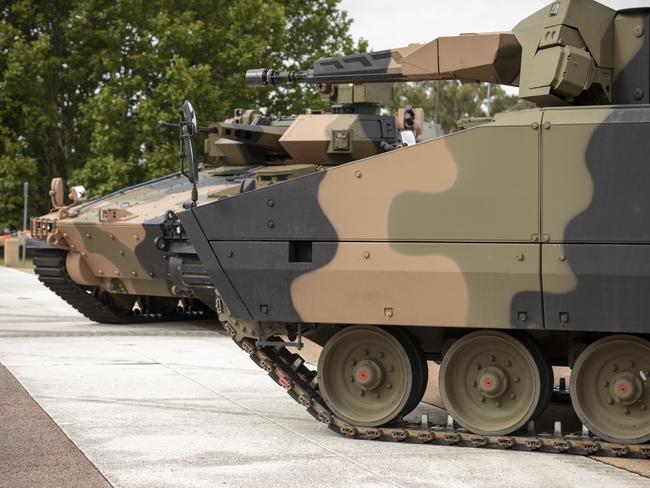
The competition to chose next generation heavily armoured infantry fighting vehicles (IFV) has entered its most critical phase. The two bidders have now handed over three vehicles each to the Army.
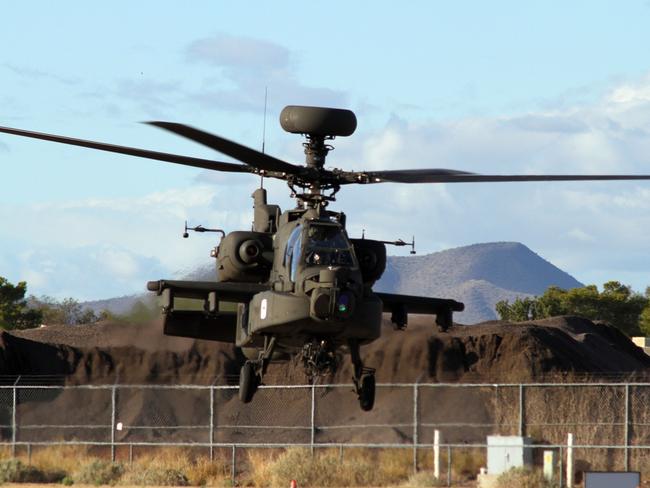
In one of the more remarkable Defence procurement coups in living memory, the army has managed to gain approval to purchase 29 new AH-64E Apache attack helicopters worth $4bn, without a tender and no public debate.
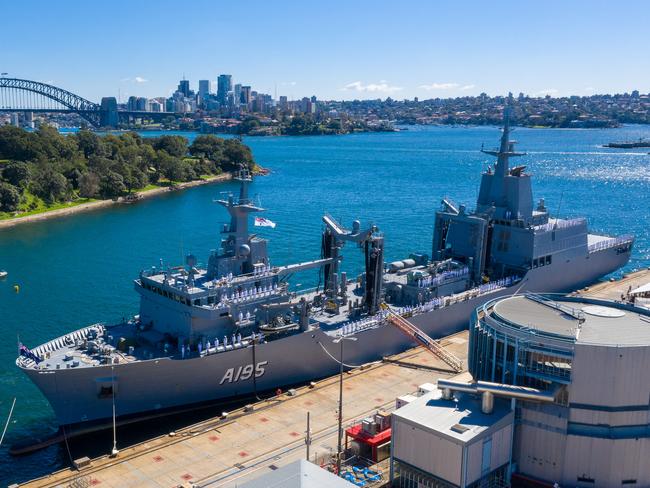
Spanish naval giant Navantia has begun establishing a significant footprint in WA.

Communication satellites provide secure, high bandwidth capacity but there are a few problems associated with current arrangements, most notably that the C-1 satellite is running out of life and will be decommissioned later this decade
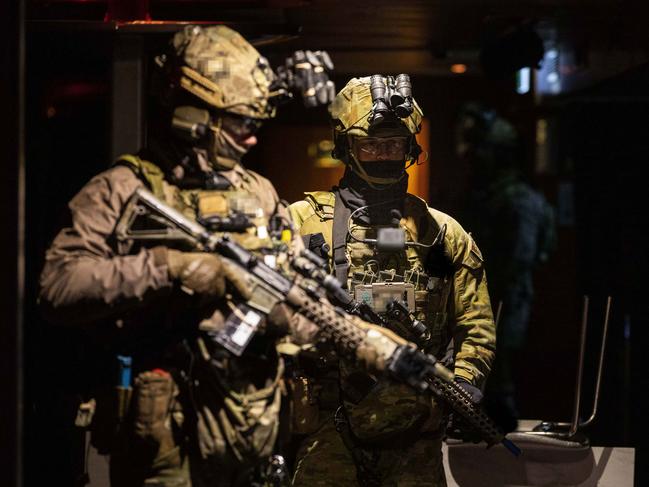
The Defence Department has its sights on expanding international research collaboration further beyond the Anglophone partners and Europe and into the local region.
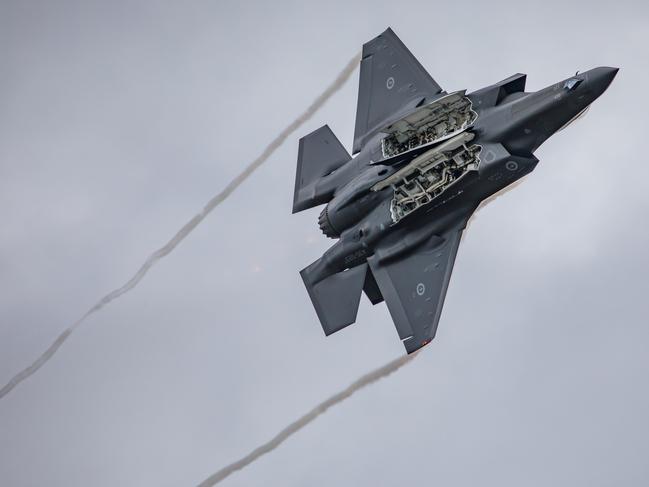
The Royal Australian Air Force’s F-35A Lightning II acquisition program has enjoyed a busy year despite the lingering effects of the COVID-19 pandemic.
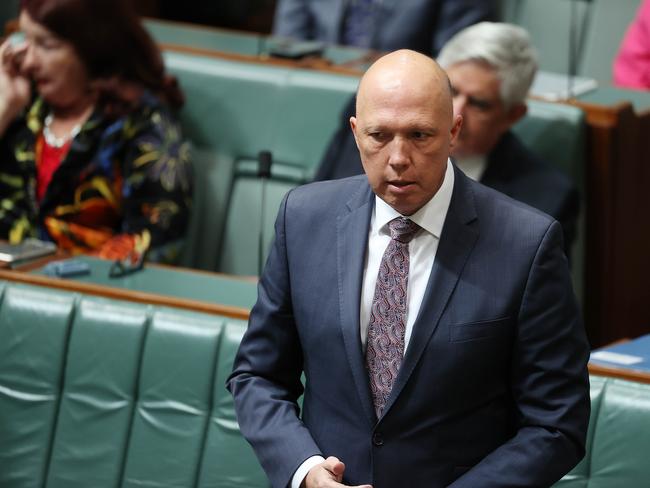
The rise of Peter Dutton broke the short-held Western Australian ministerial dominance over the Defence portfolio.
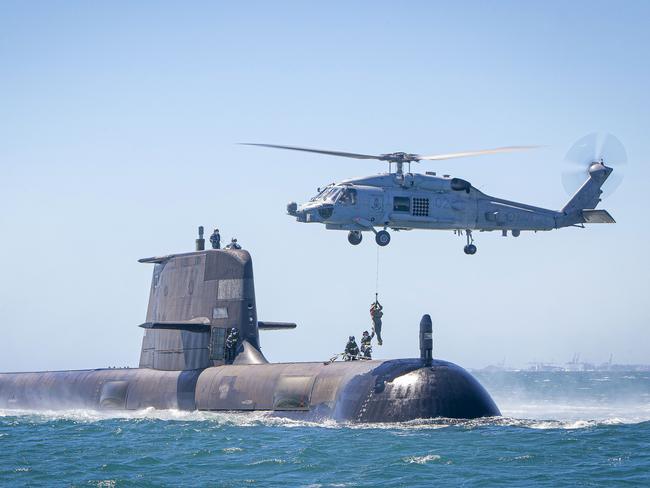
A contentious funding issue has become the latest problem to bedevil the RAN’s $90bn Attack-class Future Submarine program.
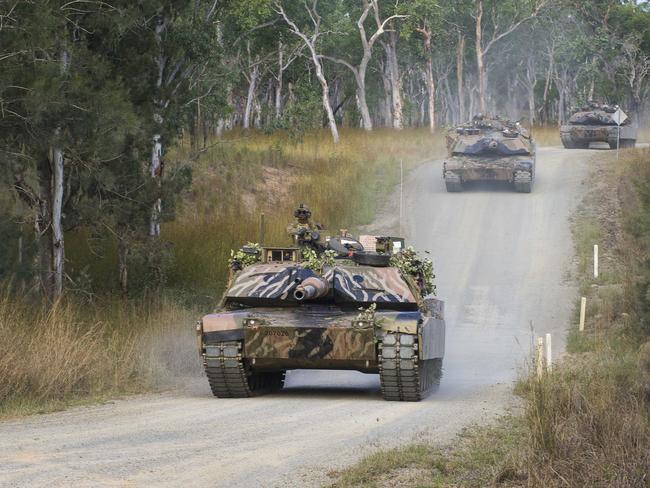
Defence spending is on track, but the more fundamental question is whether this year’s budget is the right plan in the first place.
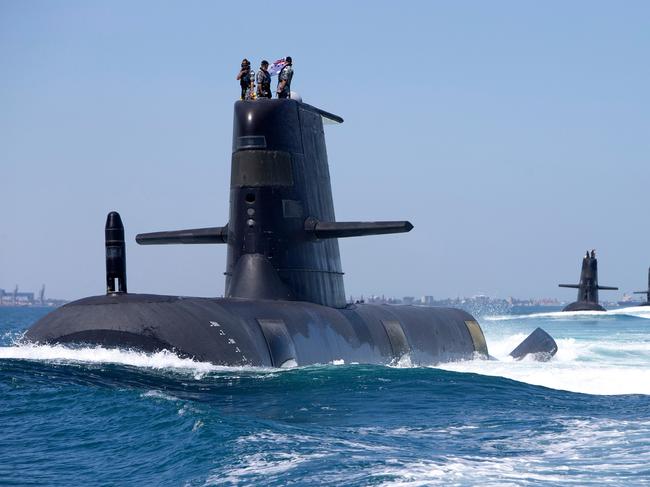
Perth-based VEEM, a world leader in designing and manufacturing hi-tech marine propulsion and stabilisation systems, is supplying components to Australia’s Collins-class submarines.
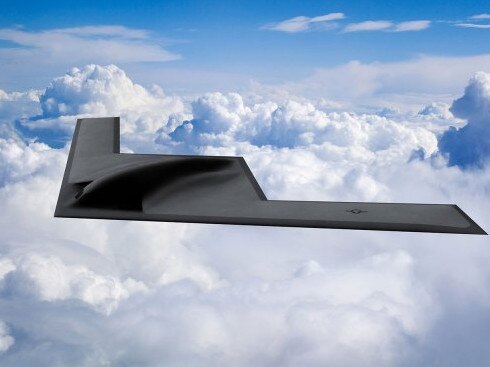
There’s a big gap between where we are today and where we need to be, and the shopping list crosses that gap slowly. In the vast reaches of the Indo-Pacific, range is crucial and the ADF’s long-range strike cupboard is bare.
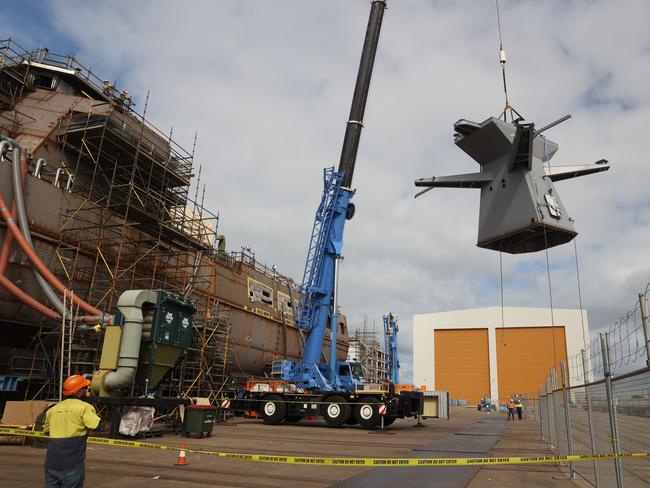
One of the most critical projects for retaining Australia’s naval shipbuilding skills is SEA 1180, the $4bn acquisition of 12 Arafura-class offshore patrol vessels (OPVs).
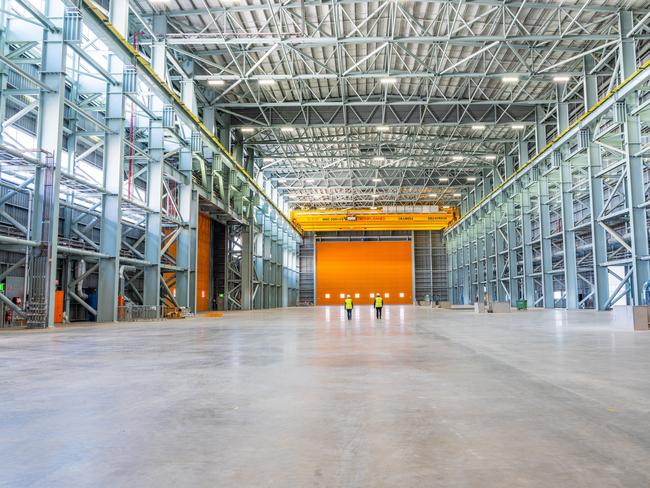
SA is rapidly becoming the hub of high tech industrial, shipbuilding and information systems and job opportunities abound.
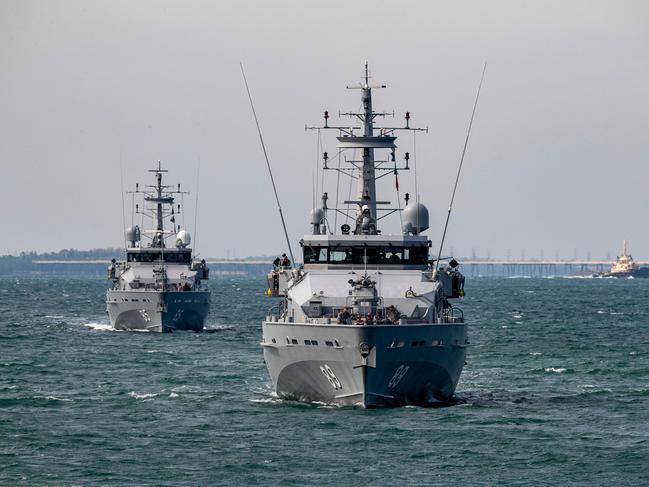
Darwin port has always been a safe haven and vital asset in a sometimes unstable region.
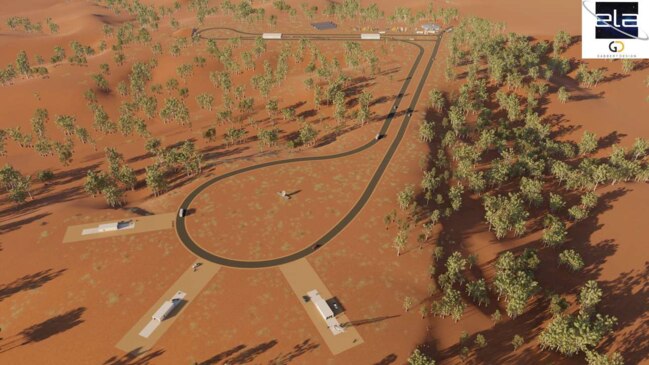
The Northern Territory’s geographical advantage in the expanding commercial and defence domain of space is a clear opportunity to exploit.
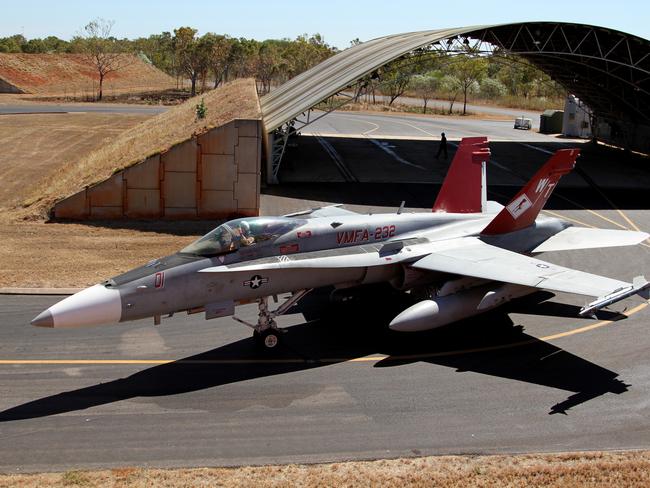
US forces deploy regularly to RAAF Base Tindal in remote Northern Territory, now undergoing a $1.1b upgrade.
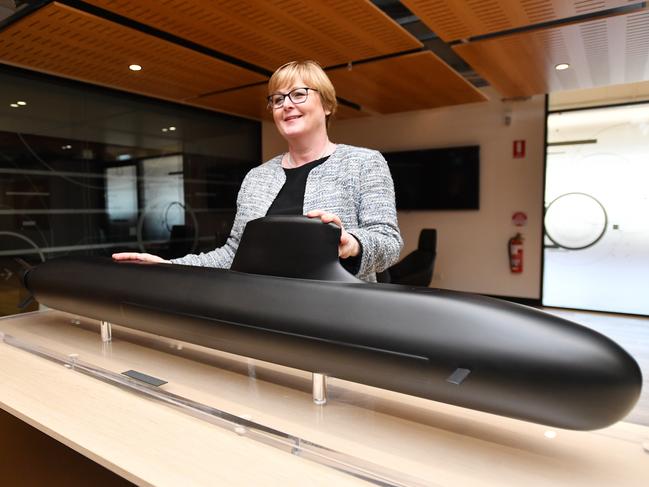
Future Submarine activity has been enlivened by the launch of a major industry package.
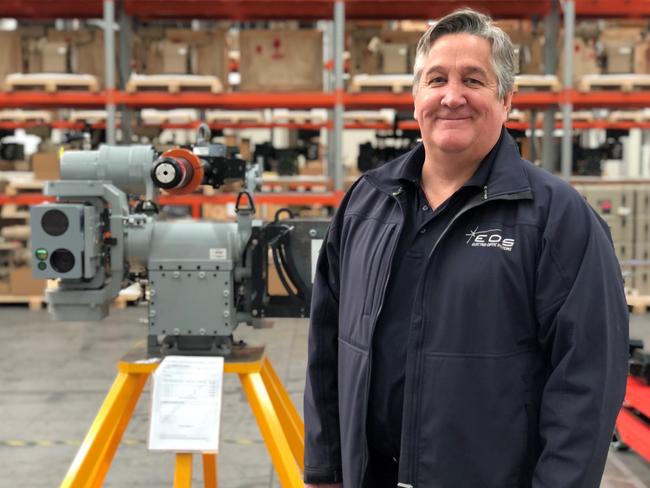
EOS Defence Systems’ Grant Sanderson is heading a hi-tech company specialising in remote weapon stations, in a role almost predestined by his background.
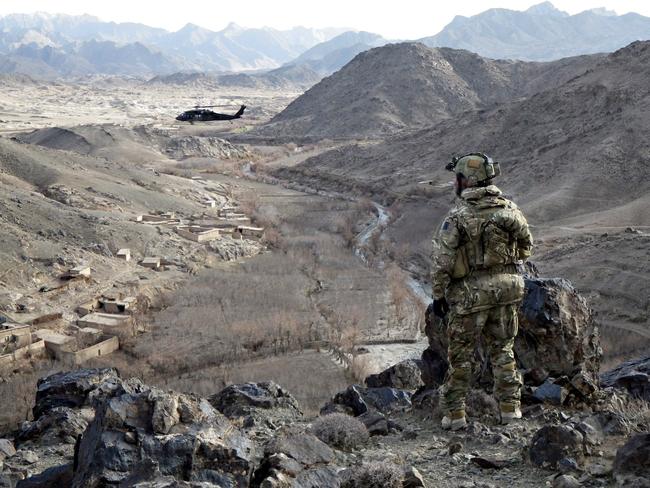
The inquiry into claims that Australian Special Forces soldiers committed war crimes in Afghanistan will be delivered within weeks.

Serious offences are taking place in the Pacific maritime domain that put at risk the political stability and economic interests of Pacific island states.
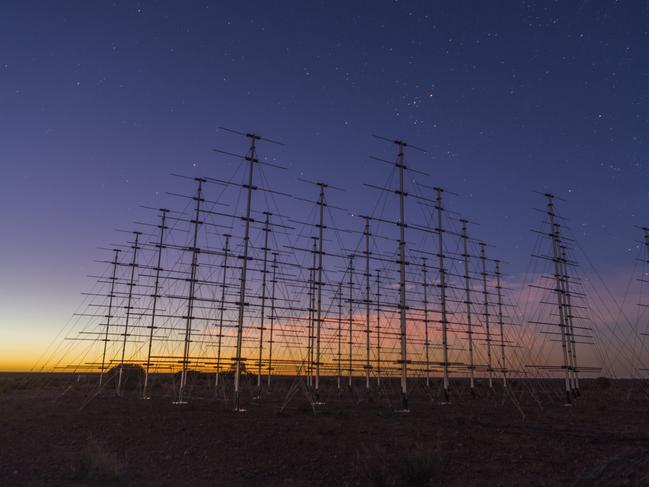
Australia’s best and brightest are creating algorithms that diagnose the “health” of aircraft and ships, and decoys that protect ships from missiles.
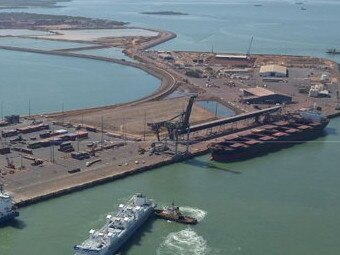
The Morrison government will soon commence building a maritime security training centre in Darwin to facilitate training of navy for maritime operational boarding tasks.
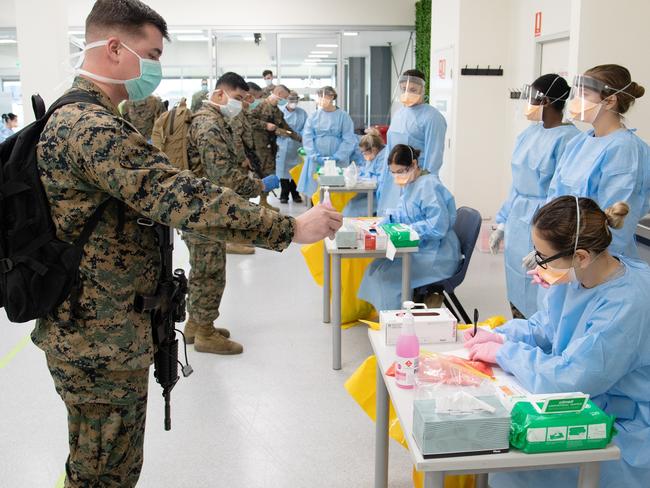
The worst pandemic in a century bookends a wider set of national security challenges that are shaking up entrenched habits and assumptions.
Original URL: https://www.theaustralian.com.au/special-reports/defence/may-2022/page/8